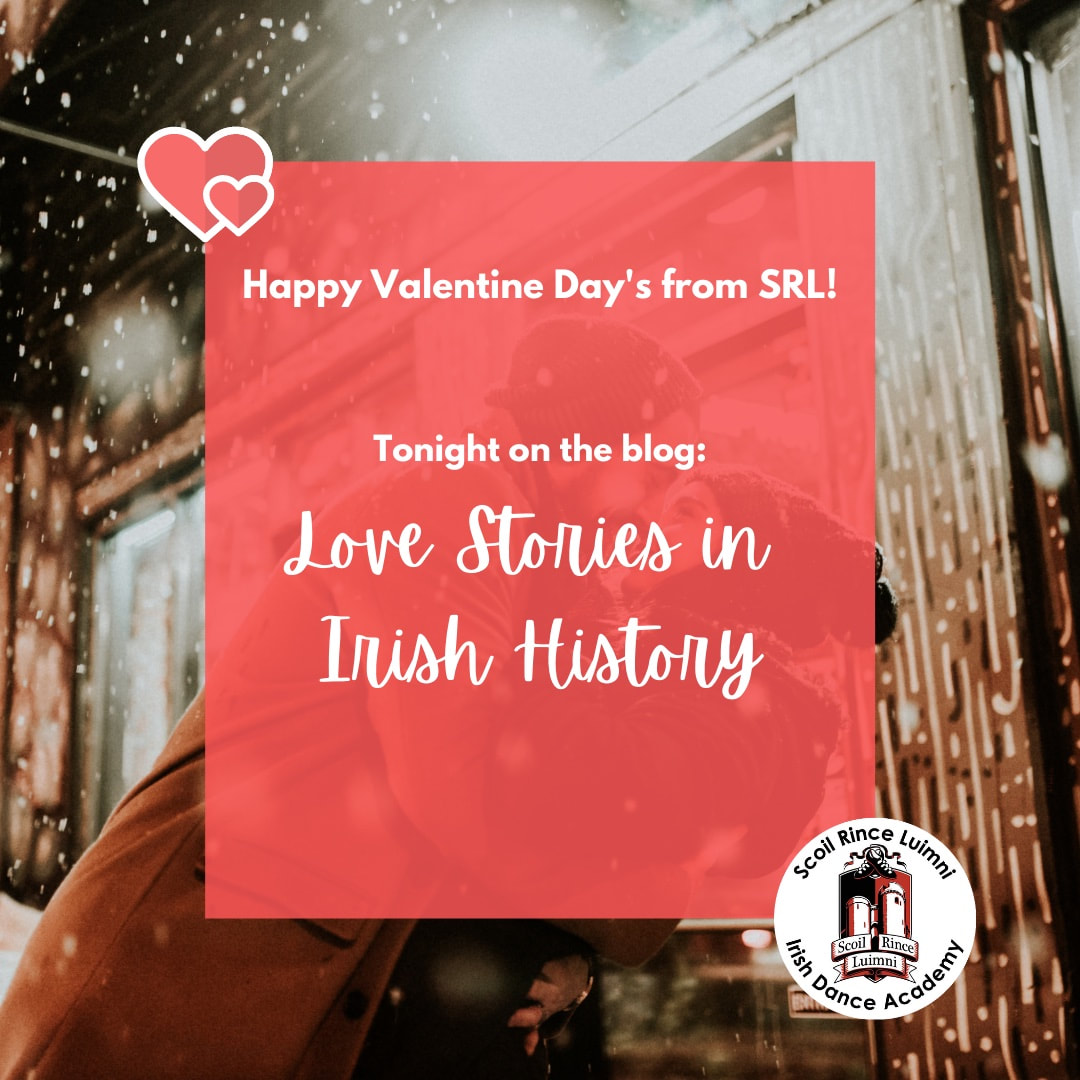|
Real Life Irish Love Stories, Part 1 We’ve covered it before: Irish love stories tend to be tragic ones, and it’s thought that this tradition (old as it—going back before the written word into mythic times) has been a major influence on dramatic love stories throughout the ages. But for every myth, theatric, and literary romance, Irish history has a real-life love story that matches up to the imagination. From the tragic to the beautiful (with most somewhere in between,) we’ve gathered a few of Ireland’s most epic, historical romances this Valentine’s Day! William Butler Yeats and Maud Gonne W.B. Yeats is one of Ireland’s most famous and lauded poets, and the inspiration behind much of his work was the striking actress and Irish republican activist Maud Gonne. Gonne was significantly younger than Yeats when they met in 1889, and not particularly interested in his pursuit of her. Yeats proposed not once, not twice, but at least four separate times by the early 1890s—and she turned him down each time, though they remained friends. His love for her resulted in some of his most iconic lines, such as the last lines of “He Wishes for the Cloths of Heaven”: “I have spread my dreams under your feet; / Tread softly for you tread on my dreams.” When Yeats tried to insist he couldn’t be happy without Gonne, she is said to have replied in 1914 (25 years after their first meeting!): “Oh yes you are, because you make beautiful poetry out of what you call your unhappiness and you are happy in that. Marriage would be such a dull affair. Poets should never marry. The world should thank me for not marrying you.” Yeats proposed once more in 1917, after Gonne’s husband was executed for his part in the 1916 Easter Rising, but she remained steadfast in her refusal. James Joyce and Nora Barnacle Fiction writer James Joyce had more luck in love than Yeats—his muse was his partner and eventual wife, Nora Barnacle. After a tumultuous childhood for Barnacle (including two boyfriends dying before the age of 20) and being disowned by her family for her relationship with a Protestant, the pair met on June 10th, 1904 at Finn’s Hotel in Dublin. Their first date occurred later that week on the 16th, and they proved inseparable from that day forward until Joyce’s death in 1941. The couple had their share of difficulties—constant relocations across Europe, financial struggles, creative struggles, two children and their daughter’s subsequent mental illness and institutionalization, as well as their naturally opposing personalities and differing interests—but they made it through. Their love was so famous that it was quite a surprise when they were discovered legally marrying in 1931, 27 years after they first met—everyone had assumed they were already wed! Joyce even commemorated their love by setting his magnum opus, Ulysses, on June 16th, 1904—the day of their first date—and reportedly modeling the main heroine, Molly Bloom, after Barnacle. Joseph Plunkett and Grace Gifford
Joseph Plunkett is a poet (his collection The Circle and Sword was published when he was only 24,) but one better known for his revolutionary activities and his tragic love story with artist Grace Gifford. Plunkett’s whole affluent Dublin family was supportive of the Irish Nationalist movement, so when poor health kept Plunkett from taking an active role he turned to his education to support the fight instead. This led Plunkett to co-found and edit the revolutionary magazine The Irish Review, where he met his twin flame in caricaturist and cartoonist, Grace Gifford. The couple was meant to marry on April 23rd, 1916, the day before the Easter Rising (which Plunkett was heavily involved in planning)—but the chaos of that time led them to postpone. Unfortunately, Plunkett was captured and sentenced to death for his role in events, though the British allowed Plunkett and Gifford to marry just hours before his death (with guards pointing bayonets at them as their witnesses.) Gifford continued the fight, eventually being interred in the same jail (Kilmainham Gaol) as Plunkett, where she painted images on the walls of her cell that are still there today (she was eventually released as the tides turned.) She never remarried, and when she died in 1955 the President of Ireland attended her funeral—and awarded her full military honors. But we’re not done with these romantic stories yet—as sad as they sometimes can be. Come back Thursday for three more stories that celebrate love in Irish history! This post is part of a series. Read our last Irish history post, all about University College Dublin, here. Check out the blog every Monday and Thursday for more posts about Irish history, dance culture, community news, and spotlights on our dancers, staff, and families—among other fun projects! And don’t forget to dance along with us on both Facebook and Instagram.
0 Comments
Your comment will be posted after it is approved.
Leave a Reply. |
SRL NewsFind all of our latest news on our Scoil Rince Luimni Facebook page! Categories
All
Archives
August 2022
|

 RSS Feed
RSS Feed